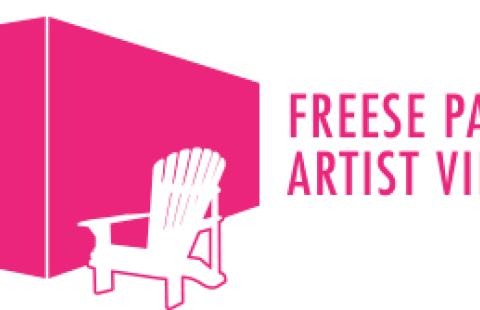What were the specific goals of this creative economy project? Describe the community development challenge or opportunity that your project was designed to address:
With the support of the State of Connecticut Department of Economic Development, Norwalk 2.0 has programmed art exhibits and community projects in Norwalk’s two downtowns. The consistent goal has been to improve the neighborhood, generate support for economic development and bring people back to our once beautiful historic downtown.
Our challenge was to honor the past while building a culture that embraced creativity and change. For the Freese Park Artist Village to work, we needed to bring people to the downtown revive foot traffic, increase visitor numbers, and create a sense of excitement about the potential of the downtown as a creative community.
If the goals change over time, please describe how:
As we worked with our partners and reached out to neighborhood artists and creatives, we empowered people in place to make a difference in their community. Part of our challenge was that the site itself, due to construction by the CT DOT and a redevelopment project that was seeking to take over public space, we needed to shift our project into a tighter area.
Who was involved in this project and what did they do? (be sure to include the partners from outside of the creative sector and how local voices were included):
For the Freese Park Artist Village, we worked in partnership with the City of Norwalk, Department of Public Works, Department of Recreation, Parks and Culture, Norwalk Redevelopment Agency, Norwalk Public Library, Norwalk Preservation Trust and Norwalk Historical Society in efforts to leverage the interests and activities of the organizations in the area.
We also worked with local businesses to develop tangible economic partnerships. Melissa Slattery and Susan Wallerstein organized a series of custom walks to WPA murals at City Hall. They capped off each evening stroll with a delightful vintage cocktail paired to the art subject.
The city of Norwalk stakeholders were integral as we located our project on city land, that for many years had been neglected. We were challenged by weeds, trash, poison ivy and of course the CT DOT construction adjacent to the park.
The area businesses, in particular, the restaurants were active participants throughout the project, either by hosting meetings and workshops or in participation in our sip and stroll activities that encouraged walking tours in the area matched to themed vintage cocktails.
How does this project relate to a larger community development strategy?
The degree of vacant storefronts and the downtrodden streetscape has affected the perception that Norwalk has a vibrant downtown. For 4 years, Norwalk 2.0 has undertaken everything from street cleanups to pop-up art exhibits that serve as community gathering events focused on improving the community. The Freese Park Artist Village was designed for repeat visits to explore the area.
What projects or places, if any, inspired your approach to this creative economy project?
We were inspired by the Dekalb Market in Brooklyn and how they used shipping containers to create a place.
